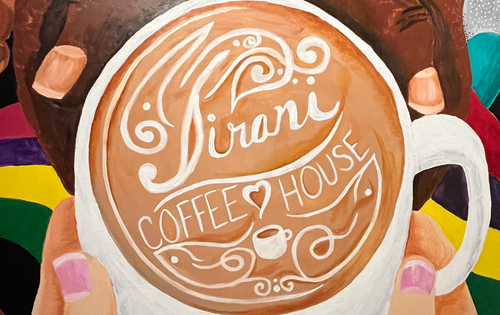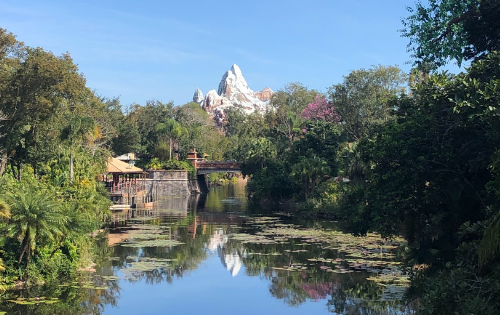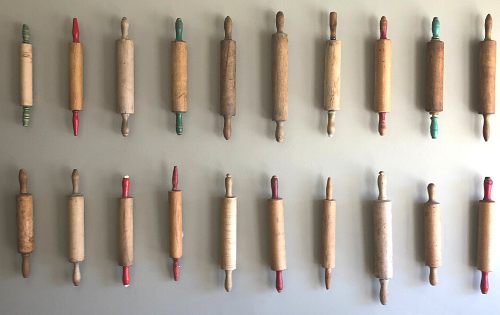Jamestown Settlement: Living Colonial History
As a native Virginian, I’ve been to several historic sites celebrating early American history. Jamestown Settlement really shines! It is perfect for families or groups with varied interests.
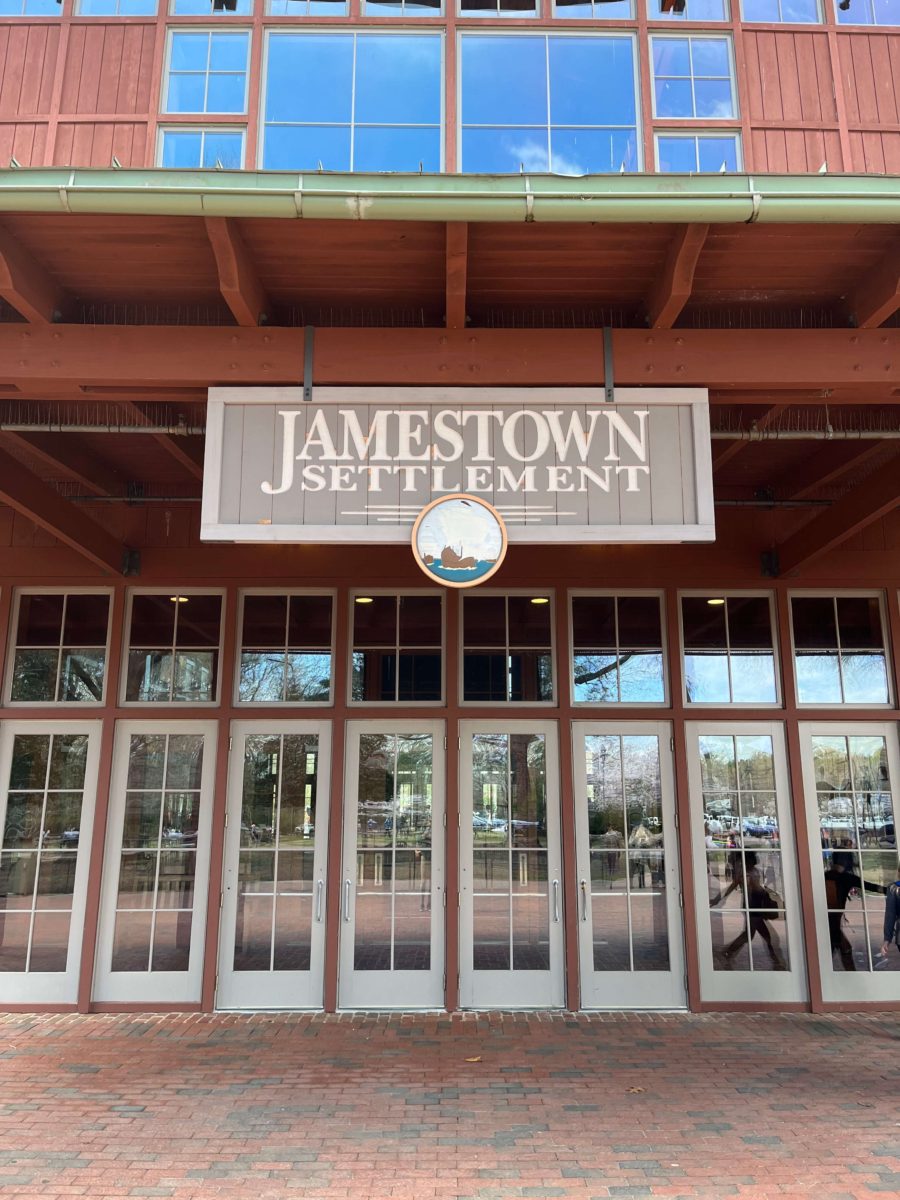
About Jamestown Settlement
Jamestown was the first permanent English settlement in the Americas. Jamestown Settlement focuses on the history of the area at the time of arrival and through the establishment of the settlement, including what is known about nearby Native Americans.
As a living history museum, it goes beyond the four walls of a museum building and allows visitors to immerse themselves in the history. Our visit included simulations, re-enactments, and historical interpreters, who humanized history through first-hand narratives. It was fantastic!
James Fort
The fort at Jamestown is a recognizable sign of early colonial America. The walls are arranged in a triangle, which allowed soldiers to monitor two thirds of the fort from the corners. The corners had raised platforms (bulwarks, like those used on ships) that allowed soldiers a better view and a better angle when aiming cannons or muskets.
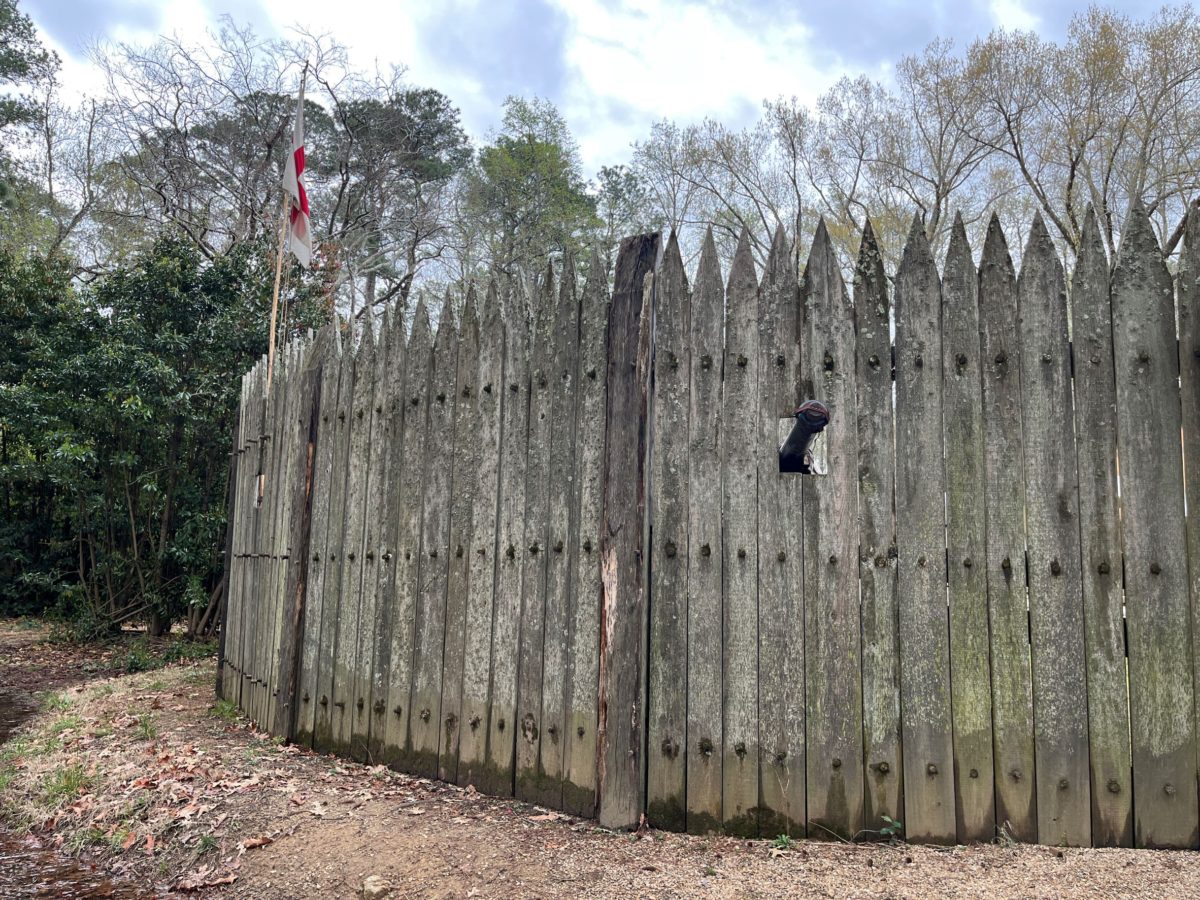
As we entered the recreation of this fort, we found several buildings, including a prominent church, bunkhouses, and a blacksmith’s building. Surprisingly, there was still a lot of open space.
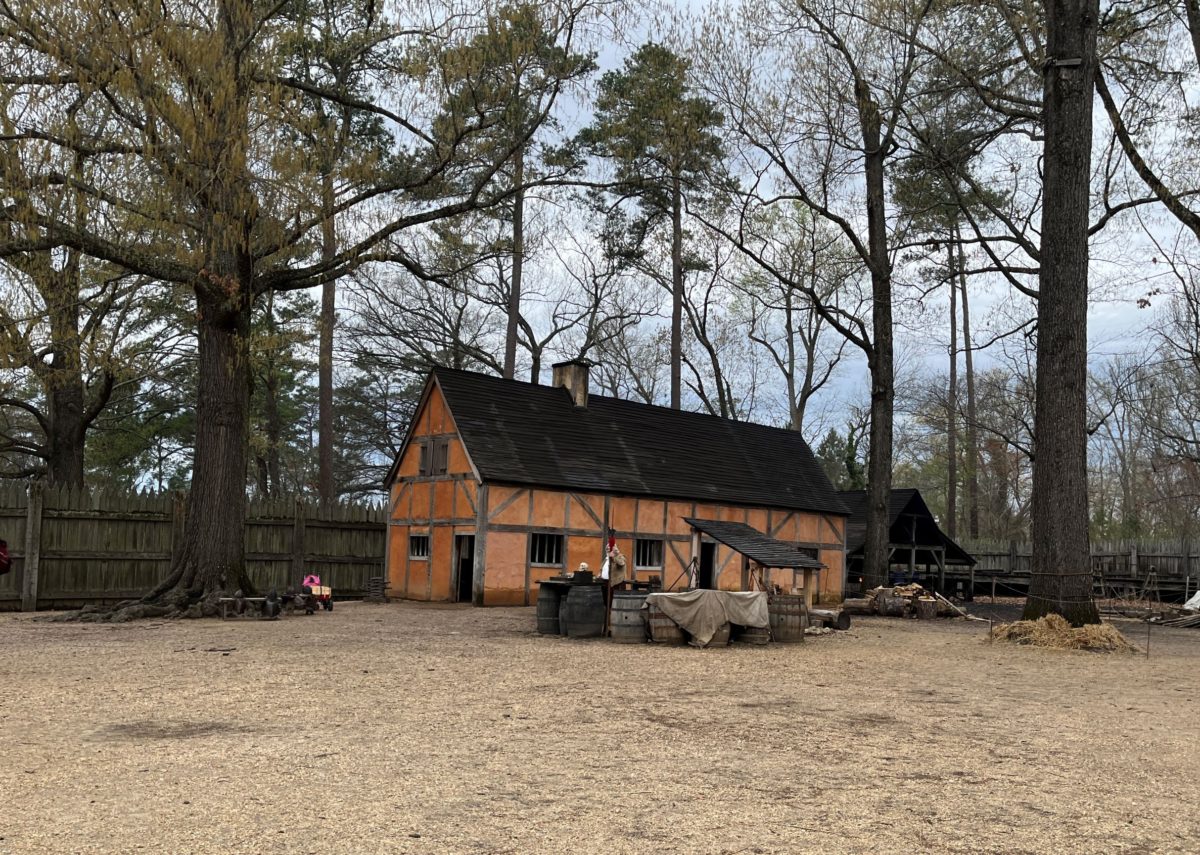
We explored the inside of the buildings. My kids were quick to crinkle their noses at the conditions in the bunkhouse. Lord Delaware’s chamber was much more appealing to them… minus the chamberpot!
I spent my time admiring the hand-carved bed and hand-stitched pillows.
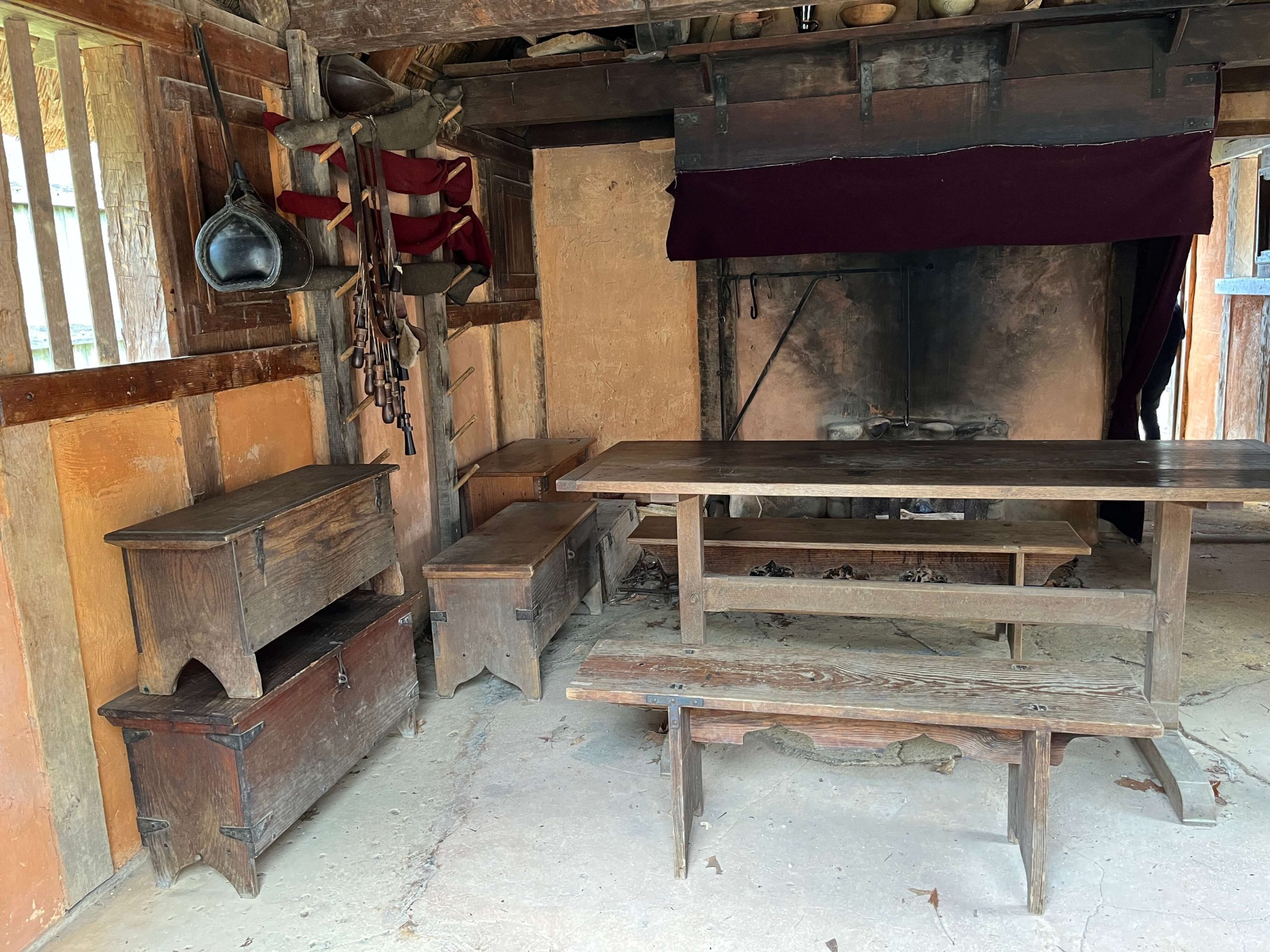
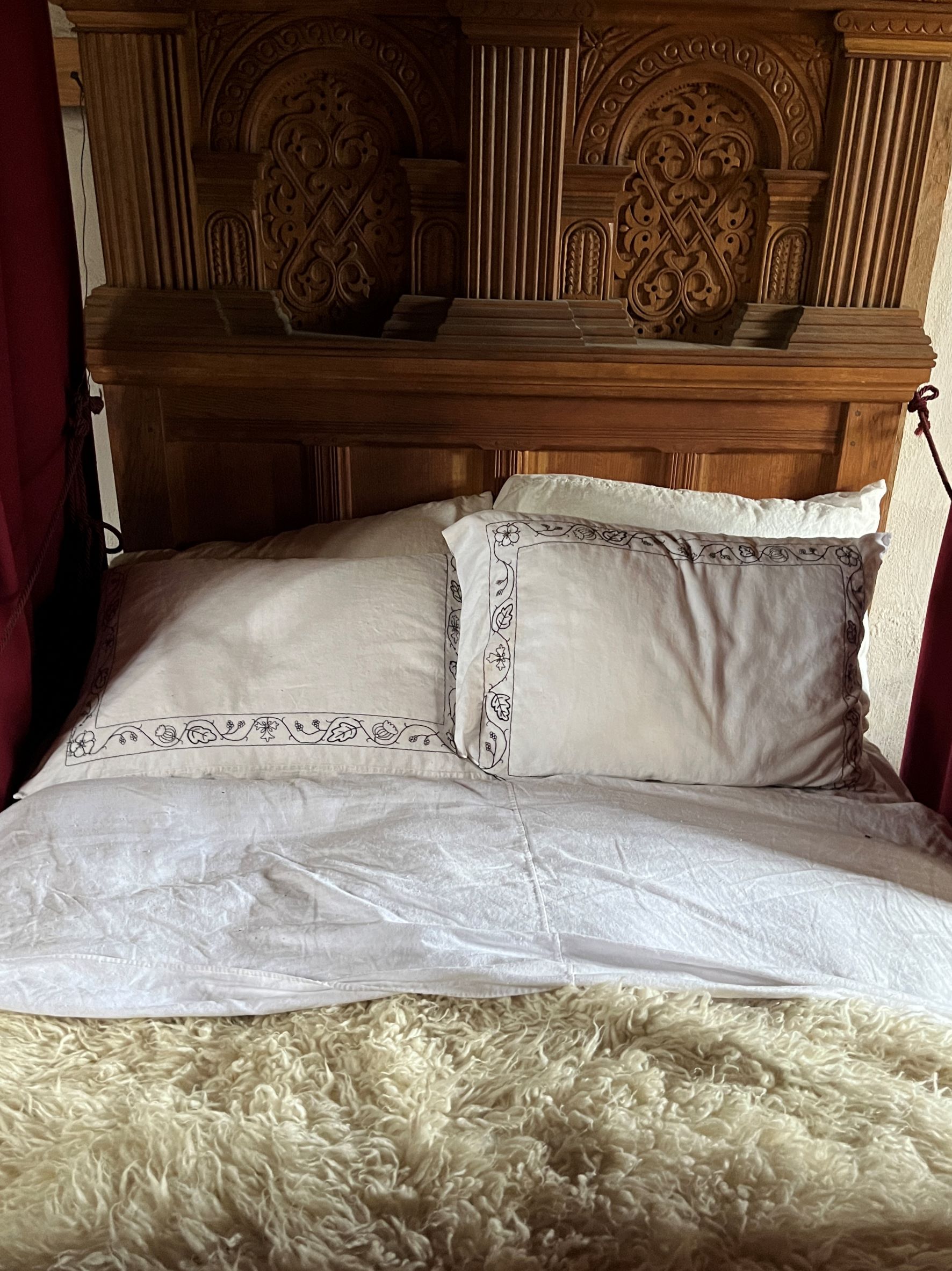
While all of the interpreters were good, the blacksmith was excellent. Making nails is definitely one of the flashier jobs, but his engagement with our group went farther than that.
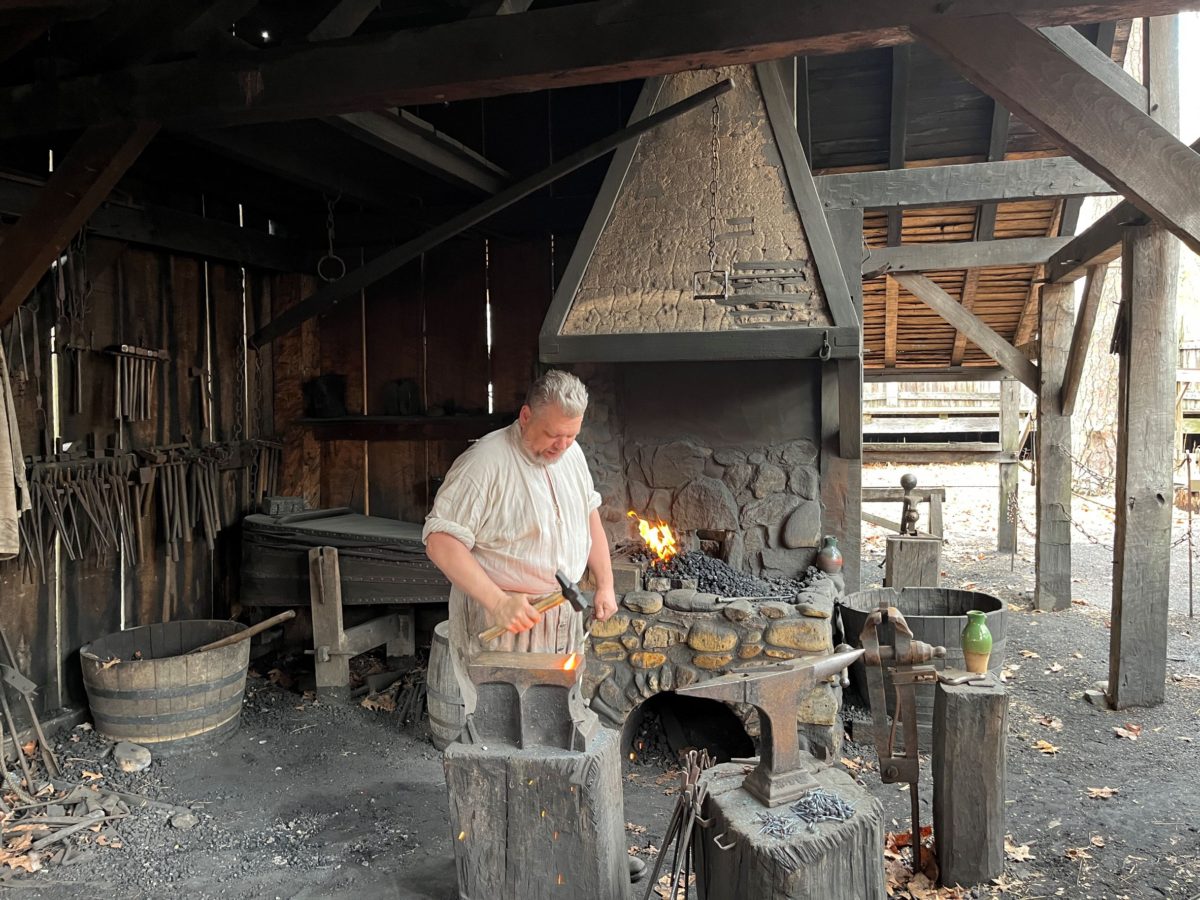
The all-around favorite demonstration was the firing of the musket. I was particularly interested in the use of a “match,” colonial speak for a short length of rope that has been soaked in a solution so that it can be lit on both ends and held easily between the fingers. The kids liked that it was a loud gun. (They’re easy to please!)
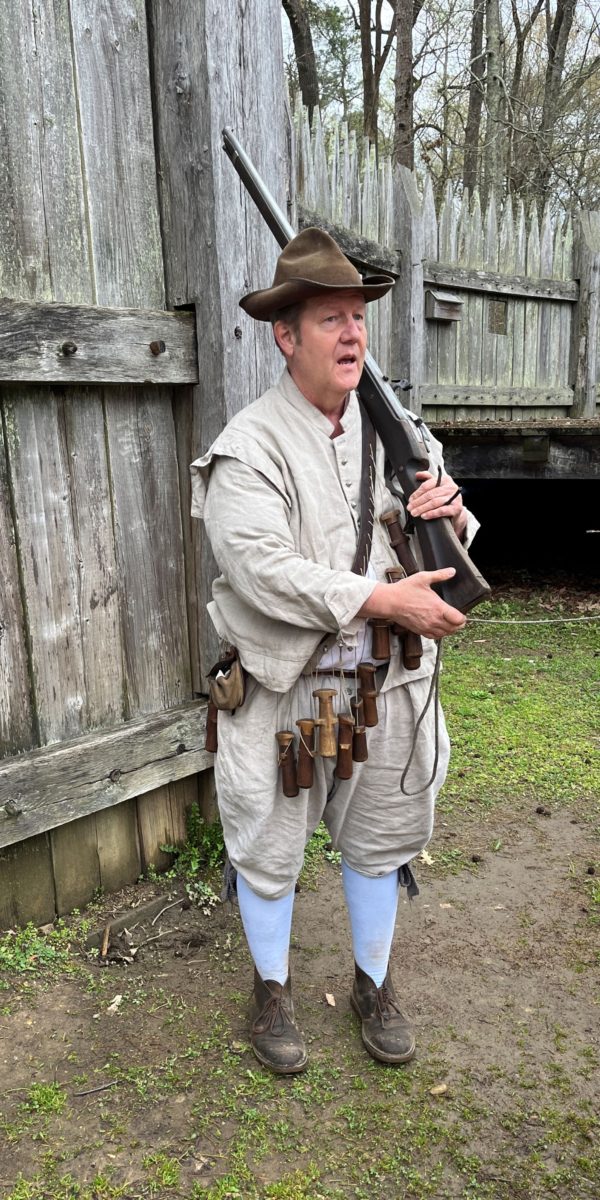
We learned a good bit about how they gathered and preserved food, which was mainly by smoking and drying. Some food was brought along on the ship, pickled in clay jars.
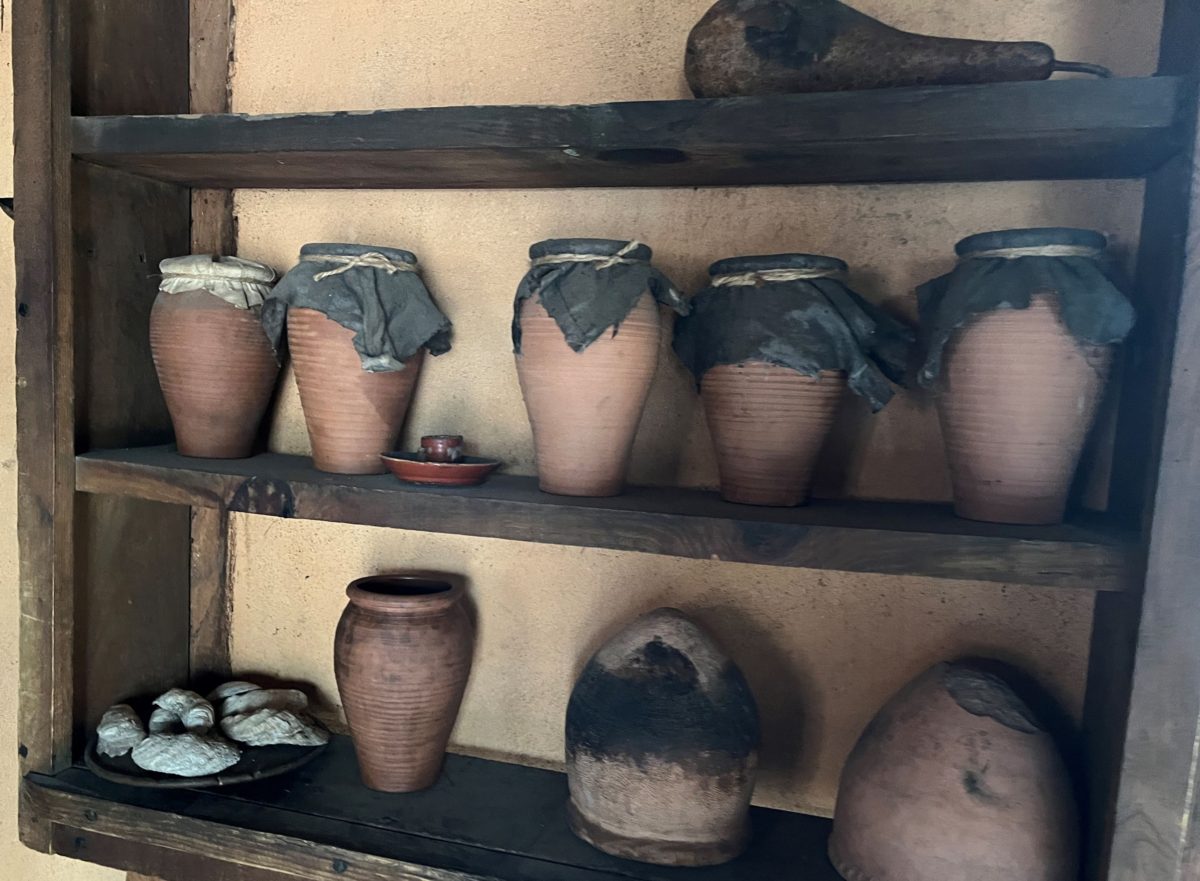
While there were vegetable gardens outside the walls of the fort, there was also a kitchen garden inside. It showed true signs of spring!
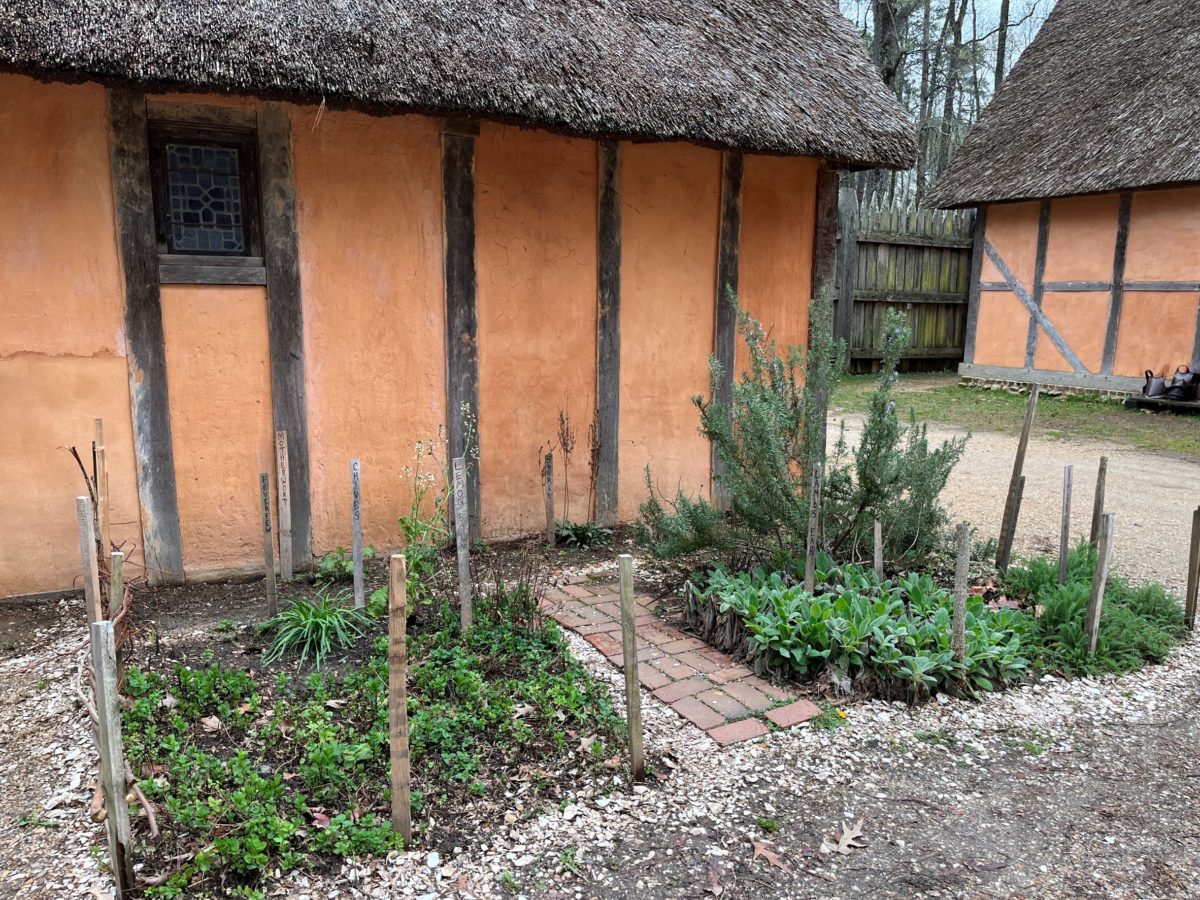
I have such fond memories of recreations of this triangular fort, made of twigs or popsicle sticks and mounted on cardboard for grade school projects. It was a real treat to see a full-scale recreation!
Papsahegh Town
The Papsahegh were a group of Native Americans, a group that paid tribute to area chief Powhatan. Violence from English settlers caused them to leave the area within a few years, but the town at Jamestown Settlement shows how they lived.
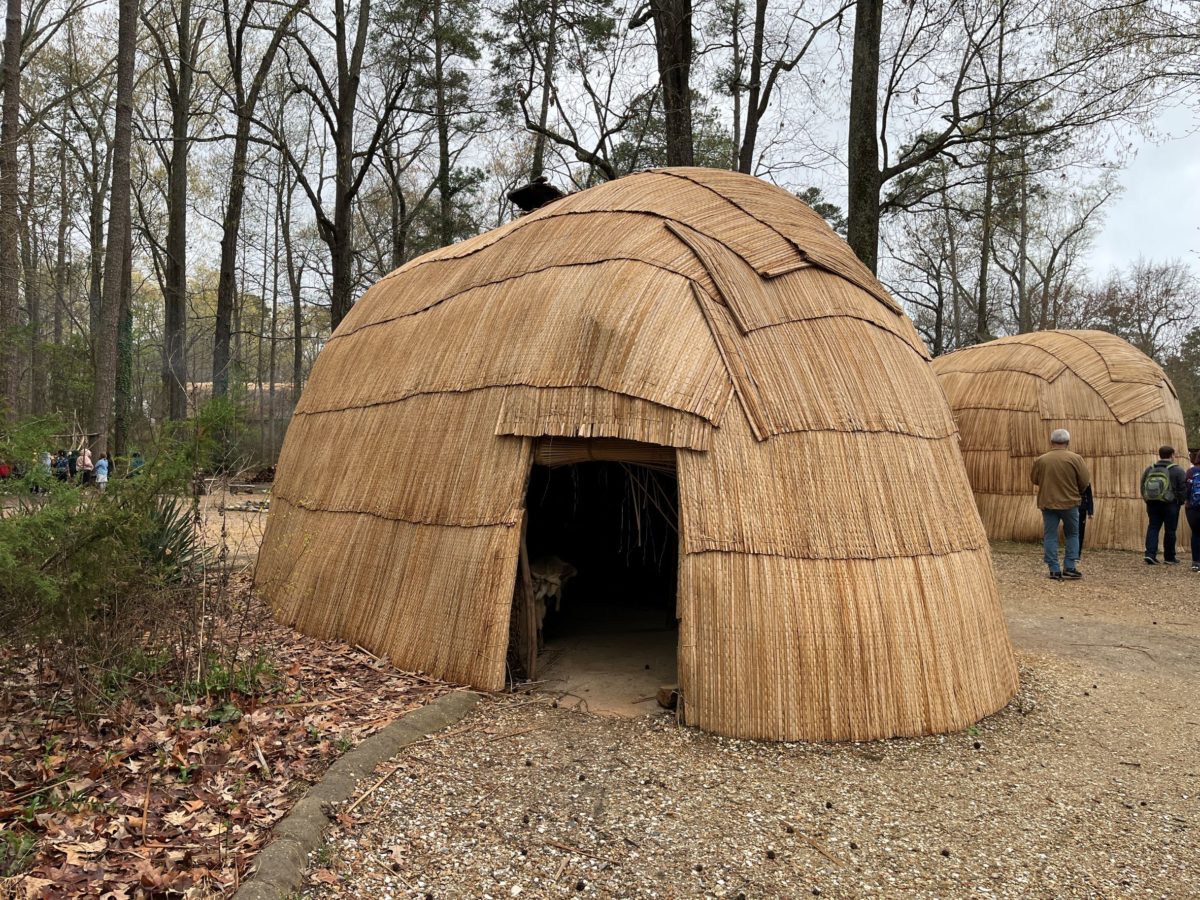
The Papsahegh longhouses were constructed differently than the English buildings, but served many of the same purposes. Some were bunkhouses and were used to smoke and store foods.
The garden included a raised platform for children, whose noise and aim (of rocks) kept pests away. What a clever solution!
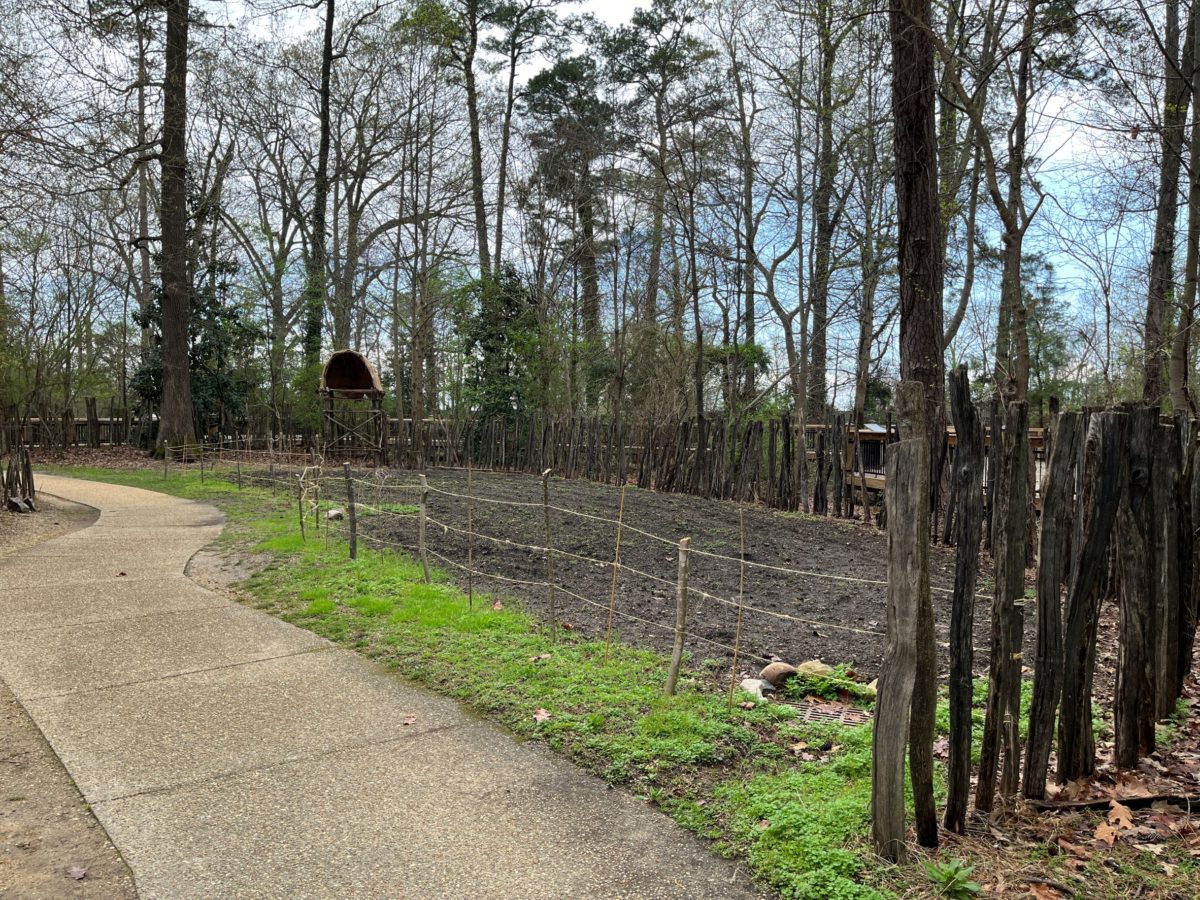
Here we met interpreters that explained which native foods the Papsahegh ate, including corn, rice, and beans. The corn was stripped of its kernel like hominy and the rice was black, making both hard for many of us to recognize.
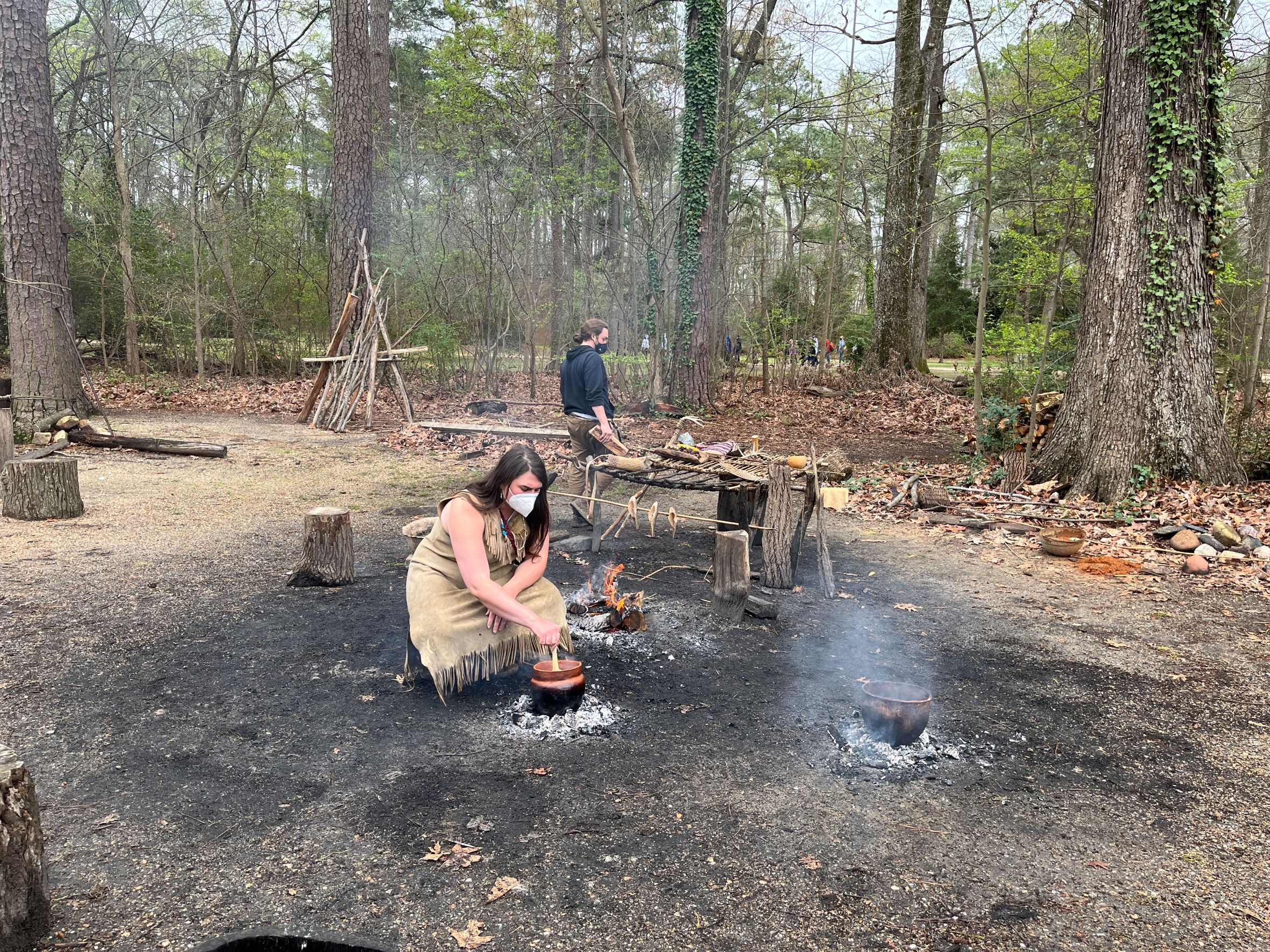
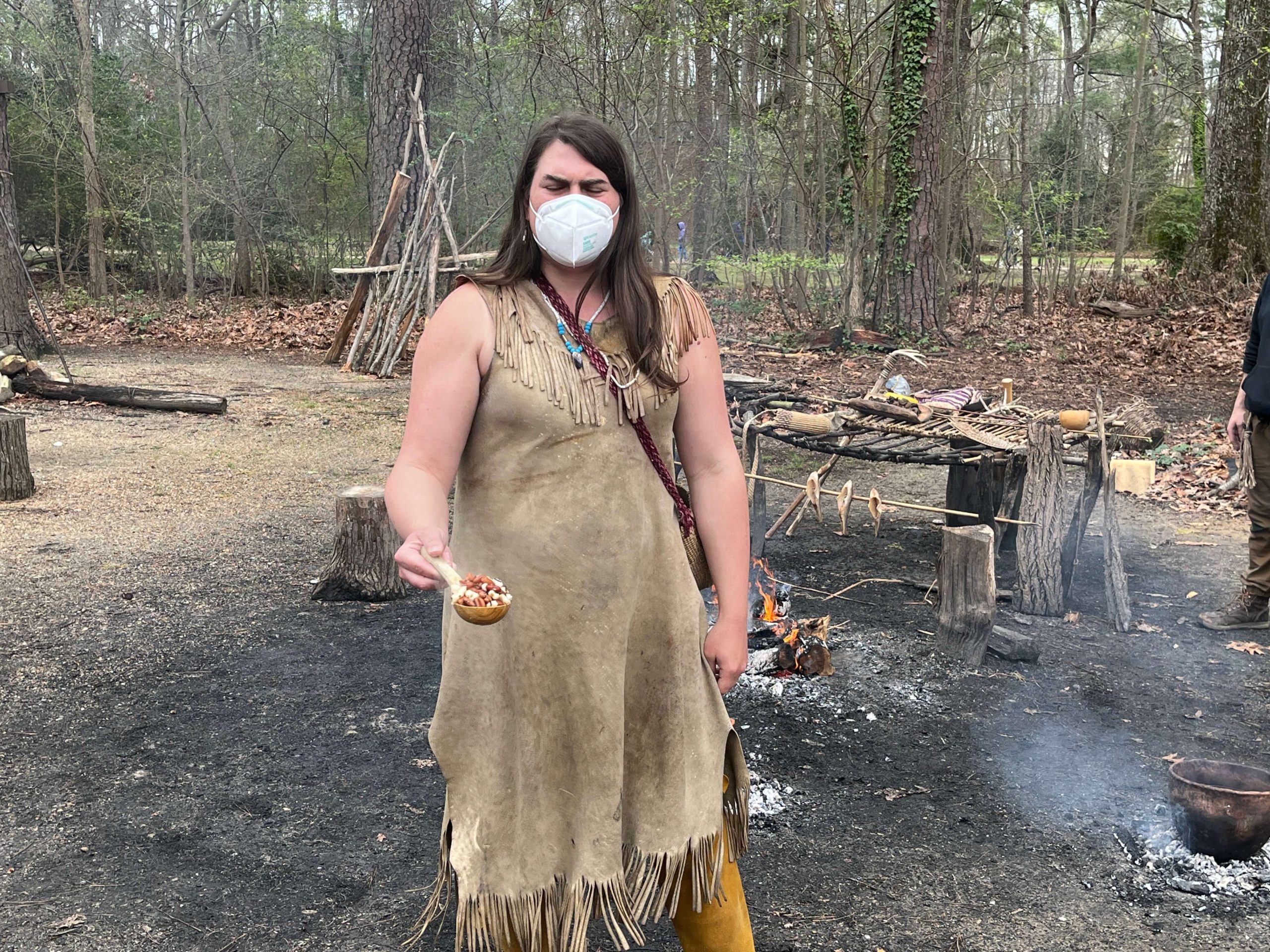
Re-created Ships
Perhaps the most anticipated stop of our trip was the dock on the James River. There we found recreations of the Discovery, Godspeed, and Susan Constant. An interpreter explained the history of the ships before we boarded. (Check out his knitted garters!)
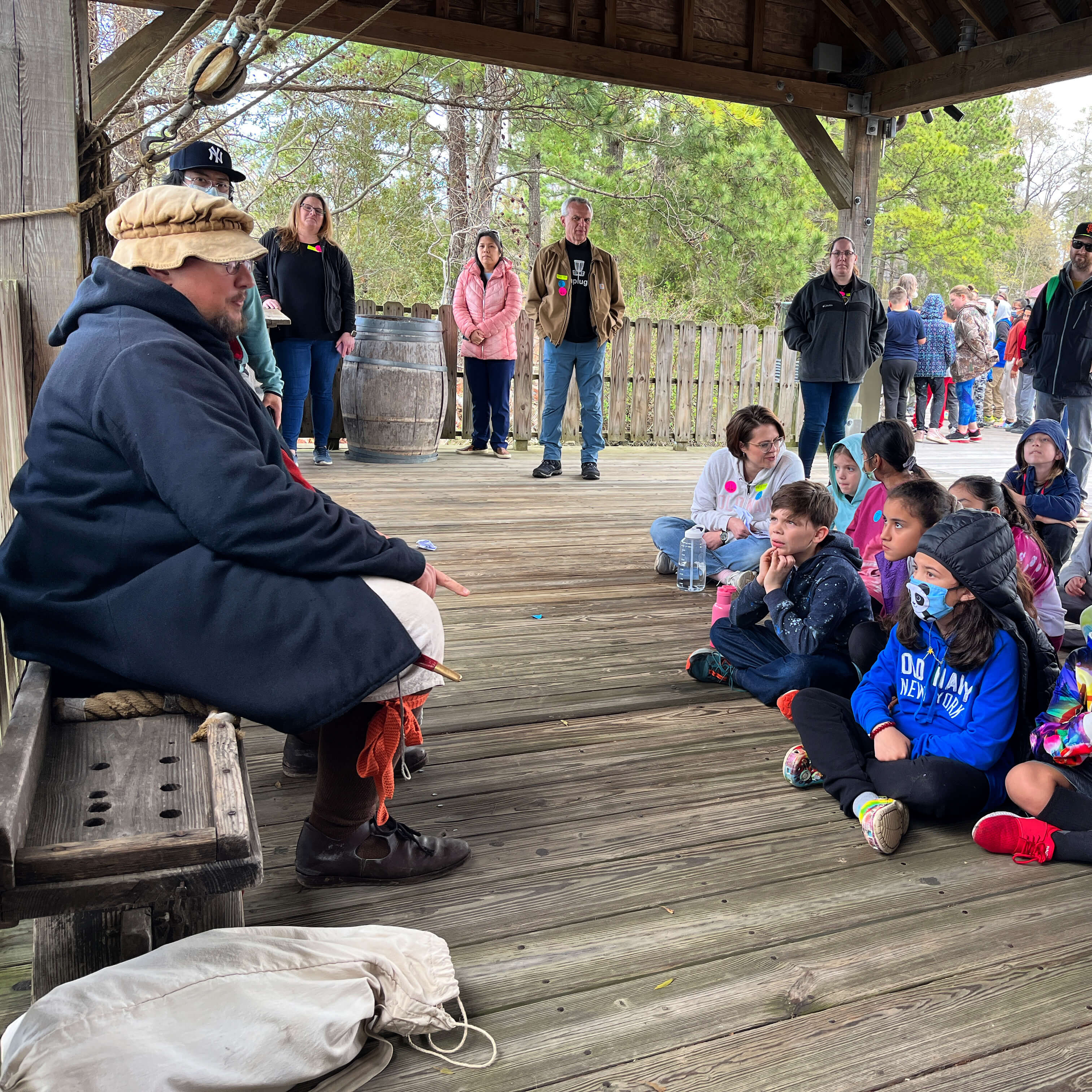
The Discovery, the smallest ship, was used to explore the James River well after Jamestown was established. In later years, the Discovery sailed to the Northwest Passage and its crew mutinied!
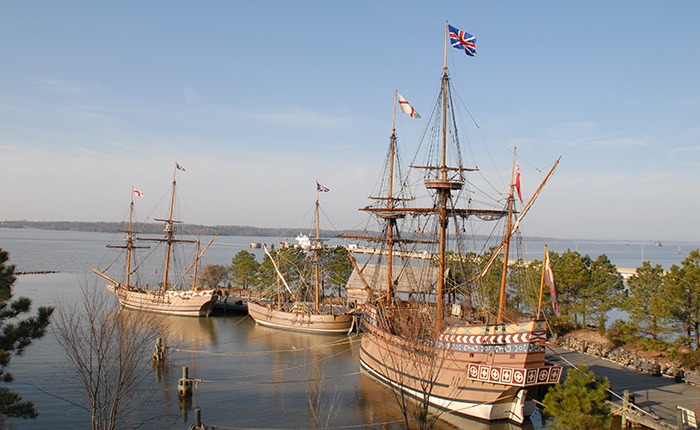
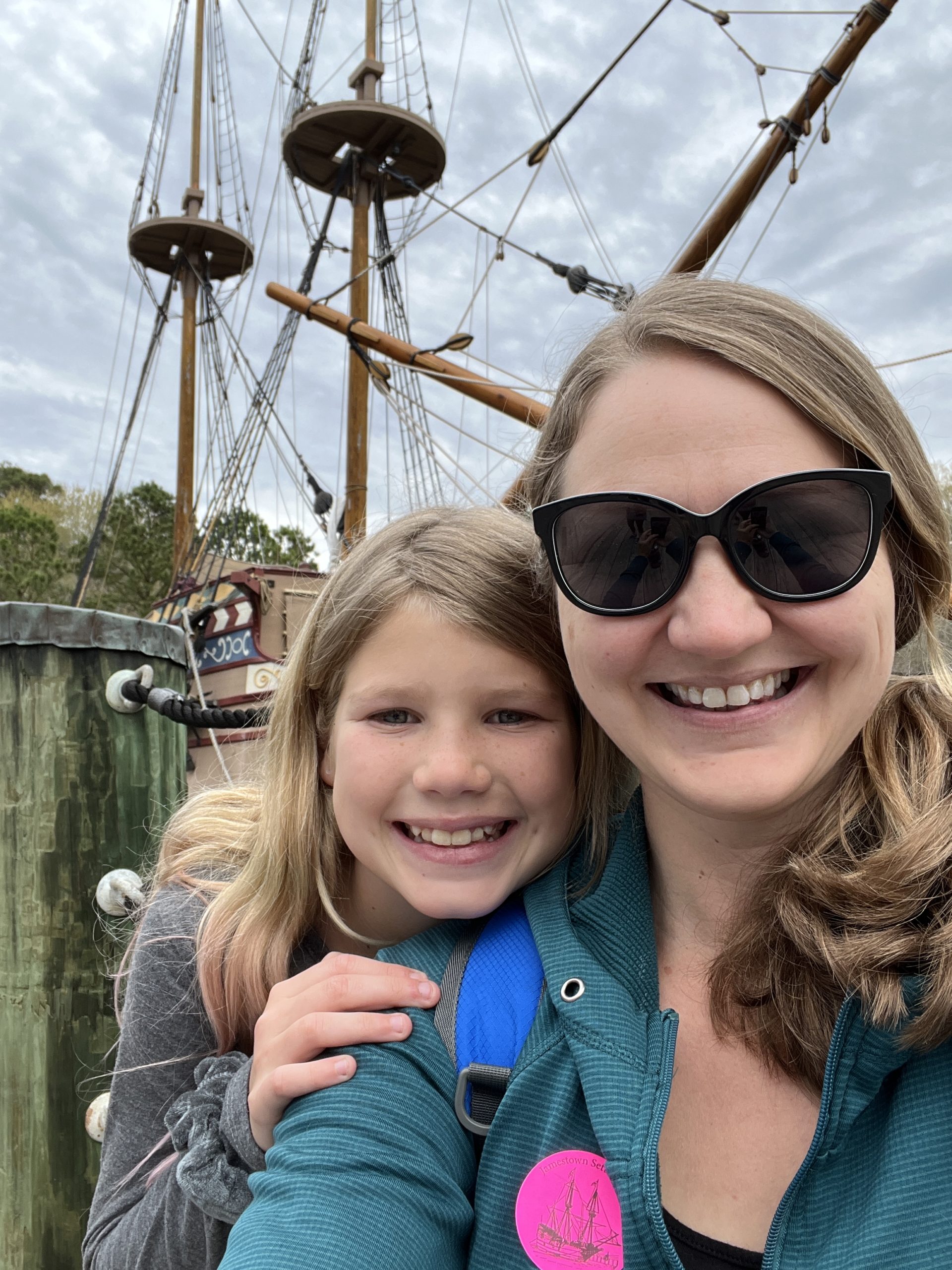
We had the ability to board the Susan Constant, the largest ship that carried the most passengers. We hopped on and explored the top deck and middle deck.
The ceilings were low enough to brush my head as I moved around the barrels and rope. Though enclosed spaces usually don’t bother me, I couldn’t get back to the top fast enough! I can’t imagine spending months on a dark ship deck, swaying with the waves.
Museum
The museum was so massive and detailed that we did not have a chance to see it all in one day. We’d spent too much time at outdoor exhibits, which the children enjoyed in particular. Walking through, we realized we needed at least one more day at Jamestown Settlement to really do it right.
We so enjoyed what we had a chance to see. The children loved the recreation of an Elizabethan London street best of all. Since it’s a walk-through exhibit and similar to the living history outside, I wasn’t surprised.
I was intrigued by the use of beaver in creating clothing!
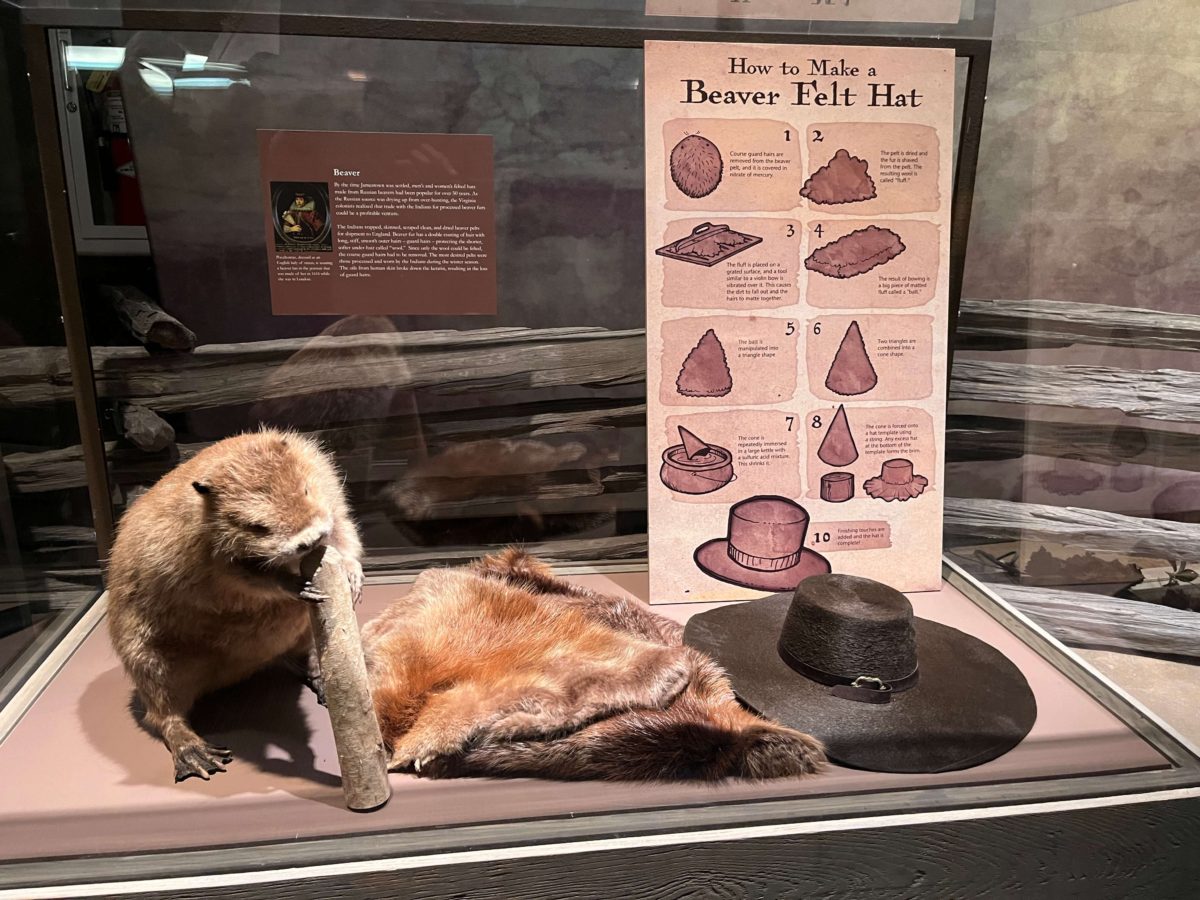
We’ll return soon and hopefully have a chance to see Yorktown and Colonial Williamsburg, too!
Gift Shop
The gift shop had all of the staples one would expect: shirts, hats, magnets, jewelry, and candy. It also had some Virginia specialties, including peanuts and honey.
We spent a lot of time checking out the Colonial activities and crafts, which even included a spool knitter!
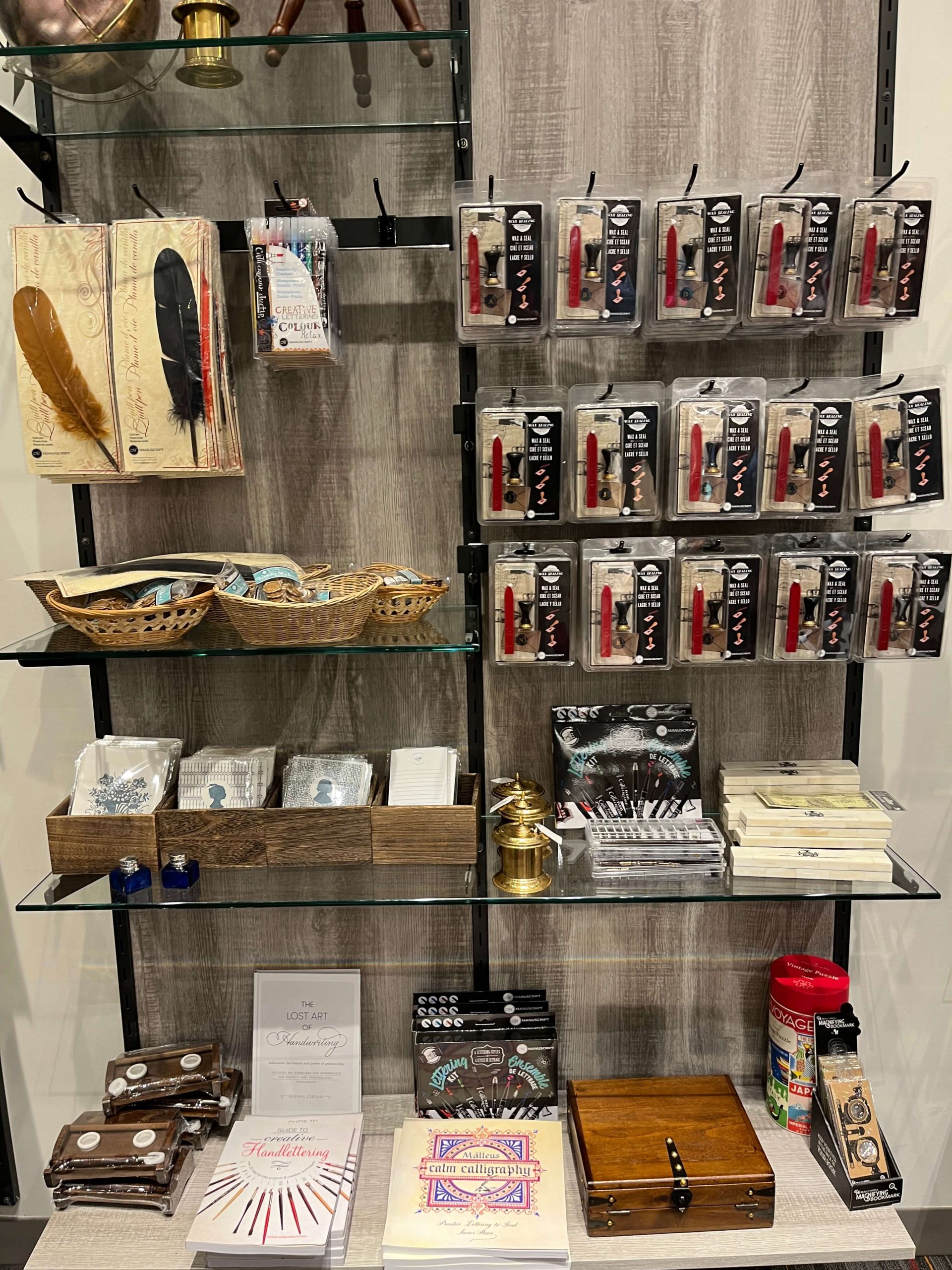
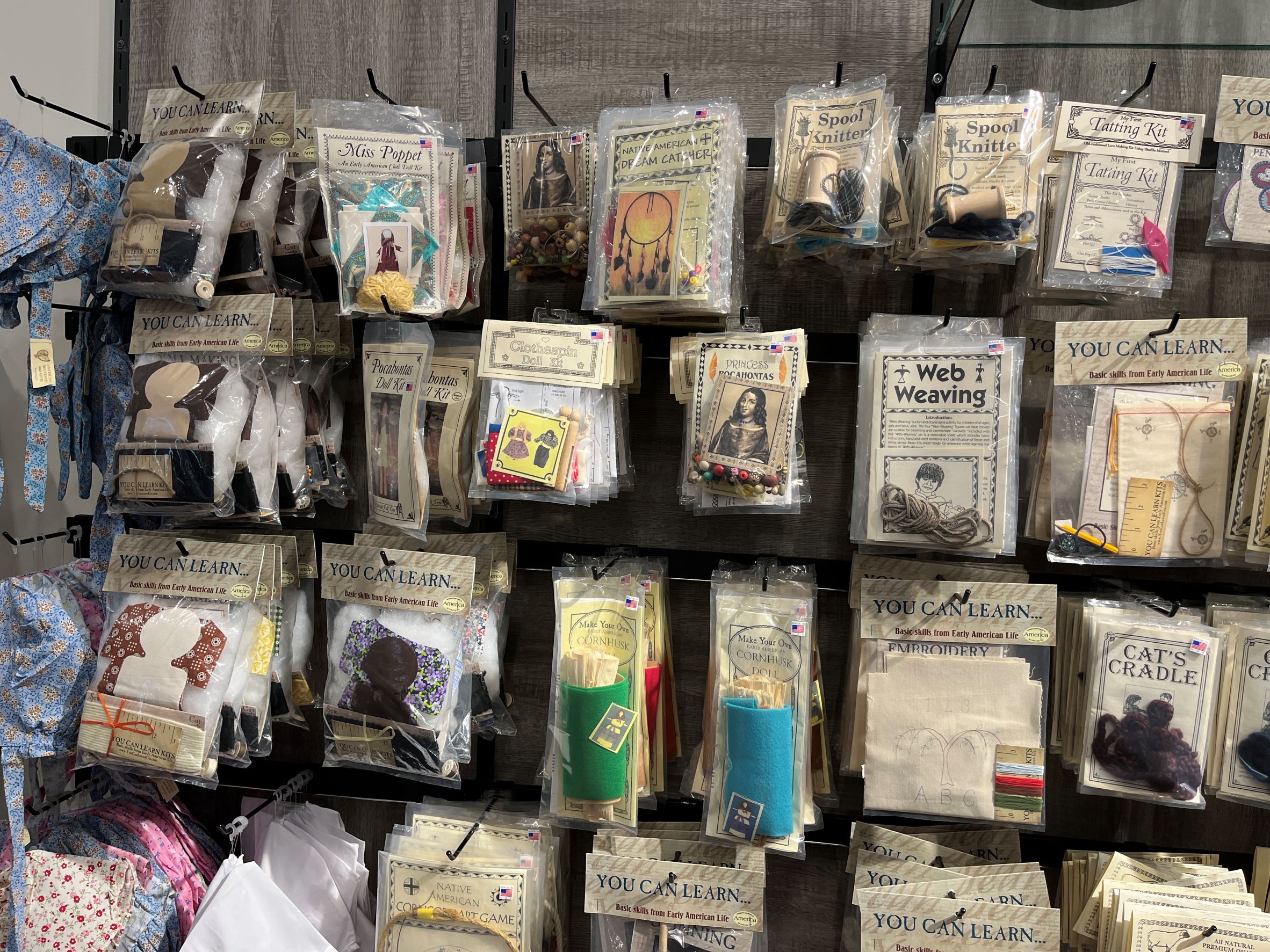

Some were “gift-shop priced,” but many had reasonable prices, especially if you’re looking for a way to keep your kids occupied on the way home!
Plan Your Visit
Jamestown Settlement
2110 Jamestown Road
Williamsburg, Virginia 23185
website



